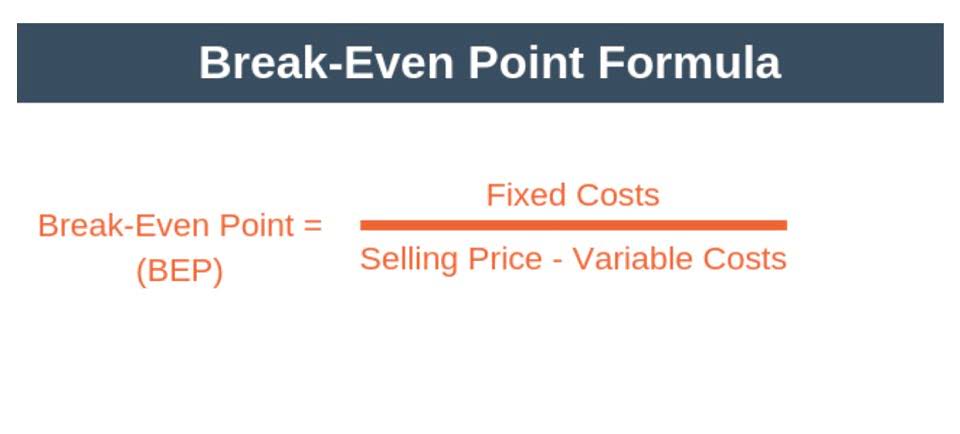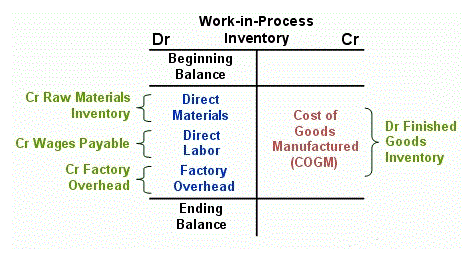
The growing how to calculate total equity reliance on debt could eventually lead to difficulties in servicing the company’s current loan obligations. Very high D/E ratios may eventually result in a loan default or bankruptcy. Average total equity can influence decisions ranging from strategic corporate maneuvers to individual investment choices. Its calculation and analysis are therefore essential skills for those involved in assessing company performance and potential. Any amount remaining (or exceeding) is added to (deducted from) retained earnings.

Does total liabilities and equity include cash?
Now that we’ve gone over the most frequent line items in the shareholders’ equity section on a balance sheet, we’ll create an example forecast model. The shareholders equity ratio, or “equity ratio”, is a method to ensure the amount of leverage used to fund the operations of a company is reasonable. Shareholders’ equity is the residual claims on the company’s assets belonging to the company’s owners once all liabilities have been paid down. The equity value is the total market value of a company’s common equity from the perspective of its shareholders as of the latest closing date of the markets.
- Some of the reasons that may cause the amount of equity to change include a shift in the value of assets vis-a-vis the value of liabilities, share repurchase, and asset depreciation.
- It is calculated by multiplying a company’s share price by its number of shares outstanding.
- Total liabilities are obtained by adding current liabilities and long-term liabilities.
- This helps achieve financial transparency and builds trust with stakeholders.
- Private equity is often sold to funds and investors that specialize in direct investments in private companies or that engage in leveraged buyouts (LBOs) of public companies.
- For healthy companies, equity value far exceeds book value as the market value of the company’s shares appreciates over the years.
Accounting Equation: What It Is and How You Calculate It
The equity capital calculation method can vary based on the entity’s financial context. However, the general practice is to look at the company’s balance sheet or statement of profit and loss account to pick the value of total assets and total liabilities. What remains after deducting total liabilities from the total assets is the value that shareholders would get if the assets were liquidated and all debts were paid up. Many investors view companies with negative shareholder equity as risky or unsafe investments. But shareholder equity alone is not a definitive indicator of a company’s financial normal balance health. If used in conjunction with other tools and metrics, an investor can accurately analyze the health of an organization.
Retained Earnings (or Accumulated Deficit)
It’s a core concept in modern accounting that provides the basis for keeping a company’s books balanced across a given accounting cycle. The accounting equation states that a company’s total assets are equal to the sum of its liabilities and its shareholders’ equity. This straightforward relationship between Accounting for Technology Companies assets, liabilities, and equity is considered to be the foundation of the double-entry accounting system. The fundamental accounting equation states that the total assets belonging to a company must always be equal to the sum of its total liabilities and shareholders’ equity. Investors and analysts look to several different ratios to determine the financial company.
- Because Anne’s mom’s stock is preferred stock, she gets first dibs on the dividend.
- The liabilities represent the amount owed by the owner to lenders, creditors, investors, and other individuals or institutions who contributed to the purchase of the asset.
- The account has a negative balance, which means it reduces the total shareholders’ equity.
- For a sole proprietorship or partnership, the value of equity is indicated as the owner’s or the partners’ capital account on the balance sheet.
- For example, if a company purchases a piece of machinery for $100,000, it would increase the company’s total assets by $100,000.
- In order to assess how large the gap is between the market value and book value of a company’s equity, analysts will often use the Price-to-Book (P/B) ratio.
Why Shareholder Equity (SE) Matters
Total equity serves as a measure of a company’s net worth, helping stakeholders assess its stability and long-term viability. Investors use total equity to assess the financial strength and growth potential of a company. The stockholders’ equity is only applicable to corporations who sell shares on the stock market. For sole traders and partnerships, the corresponding concepts are the owner’s equity and partners’ equity. This formula is known as the investor’s equation where you have to compute the share capital and then ascertain the retained earnings of the business. Changes in ownership affect equity adjustments, impacting your financial statements.

Formula to Calculate Shareholder’s Equity (Stockholders Equity)

This can lead to higher profitability and potentially higher dividends for shareholders. Financial equity represents the ownership interest in a company’s assets after deducting liabilities. It reflects the value that belongs to the shareholders or owners of the business. Equity can also refer to other items like brand equity or other non-financial concepts. Liabilities are obligations that the company owes to external parties, such as loans, accounts payable, and accrued expenses.
Add Comment
Only active ALBATROSS Racing Club members can post comments